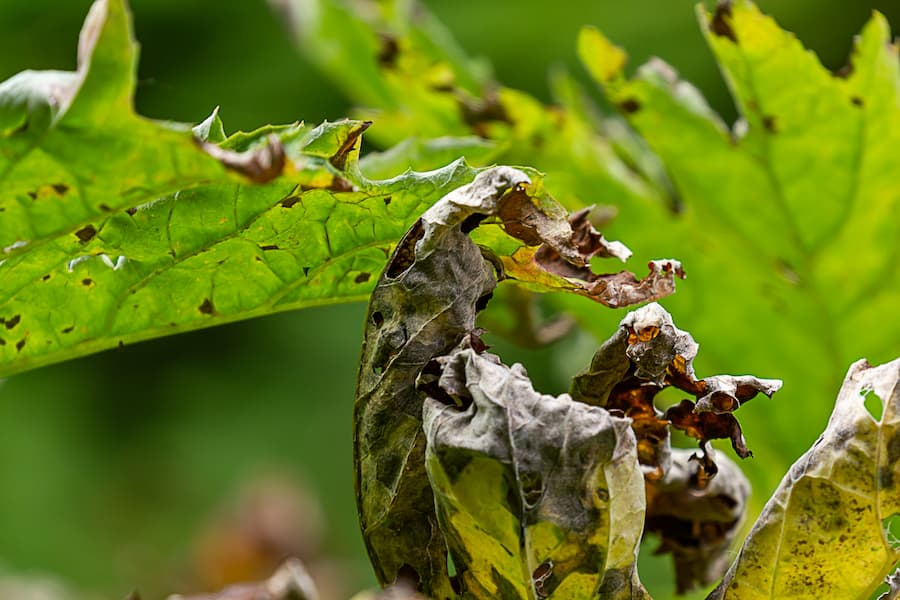This Article Includes: Signs of a Dying Maple Tree, Causes of Maple Tree Decline, and Remedies for Dying Maple Tree
Introduction:
Maple trees are prized for their vibrant foliage and majestic presence, but sometimes they can fall victim to various issues that lead to their decline. Recognizing the signs of a dying maple tree is crucial for prompt intervention and potential revival. In this article, we will explore common indicators of a dying maple tree, potential causes for their decline, and offer some remedies to help restore their health.
Signs of a Dying Maple Tree:
- Discolored Leaves: One of the first signs of a dying maple tree is the appearance of discolored leaves. Leaves may turn yellow, brown, or even black, indicating a lack of nutrients or a disease.
- Cracked or Peeling Bark: Damaged or peeling bark is another red flag. It can be a sign of disease, pest infestation, or environmental stress.
- Dead or Dying Branches: If you notice dead or dying branches on your maple tree, it could be a sign of a serious problem. These branches may lack leaves or exhibit brittle, dry, or decaying wood.
- Unhealthy Appearance: A dying maple tree often displays an overall unhealthy appearance. This can include stunted growth, sparse foliage, or a general lack of vitality.
Causes of Maple Tree Decline:
- Disease: Various diseases can cause maple trees to decline. Examples include Verticillium Wilt, Tar Spot, and Anthracnose. These diseases can weaken the tree’s immune system, leading to its eventual demise.
- Pest Infestation: Insects like aphids, scale insects, or borers can infest maple trees, causing damage to the leaves, bark, and overall health of the tree.
- Environmental Stress: Maple trees can suffer from environmental stressors such as drought, excessive heat, or poor soil conditions. These factors can weaken the tree’s ability to thrive and make it more susceptible to diseases and pests.
Remedies for Dying Maple Trees:
- Professional Diagnosis: If you suspect your maple tree is dying, it is crucial to consult a professional arborist or tree care specialist. They can accurately diagnose the problem and recommend appropriate treatments.
- Disease Management: If a disease is identified, specific treatments may be necessary. Fungicides, pruning infected branches, or improving soil conditions can help combat diseases and promote tree health.
- Pest Control: If pests are the cause of decline, targeted insecticides or biological controls may be recommended to eliminate the infestation and protect the tree.
- Proper Care: Providing proper care to your maple tree can help prevent decline. This includes regular watering, mulching, fertilizing, and pruning to maintain its health and vigor.
Conclusion:
Recognizing the signs of a dying maple tree is essential for taking timely action to save it. By understanding the common indicators of decline and the potential causes, you can work towards restoring your maple tree’s health and preserving its beauty for years to come. Remember to seek professional advice for an accurate diagnosis and appropriate treatment options.

